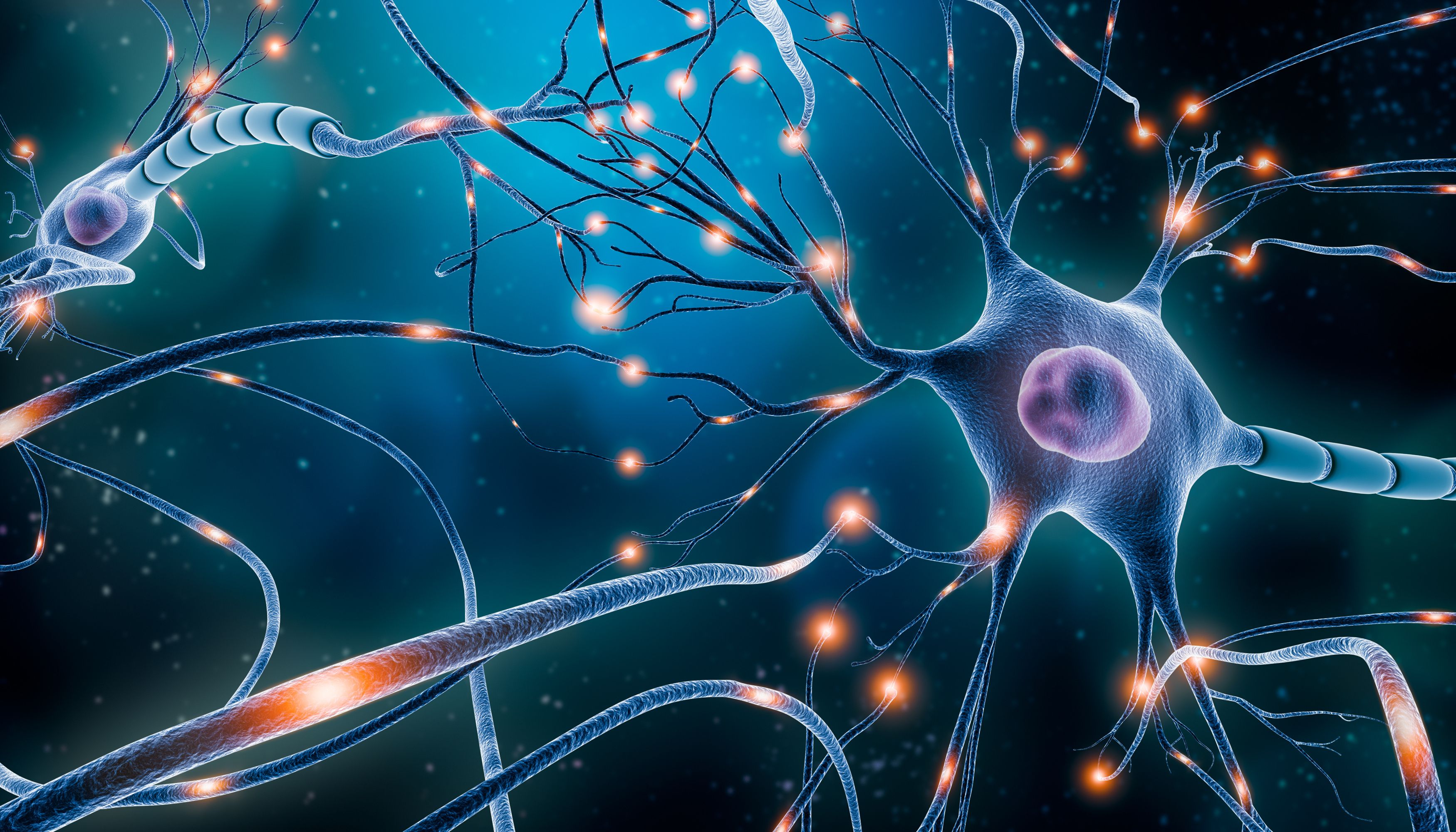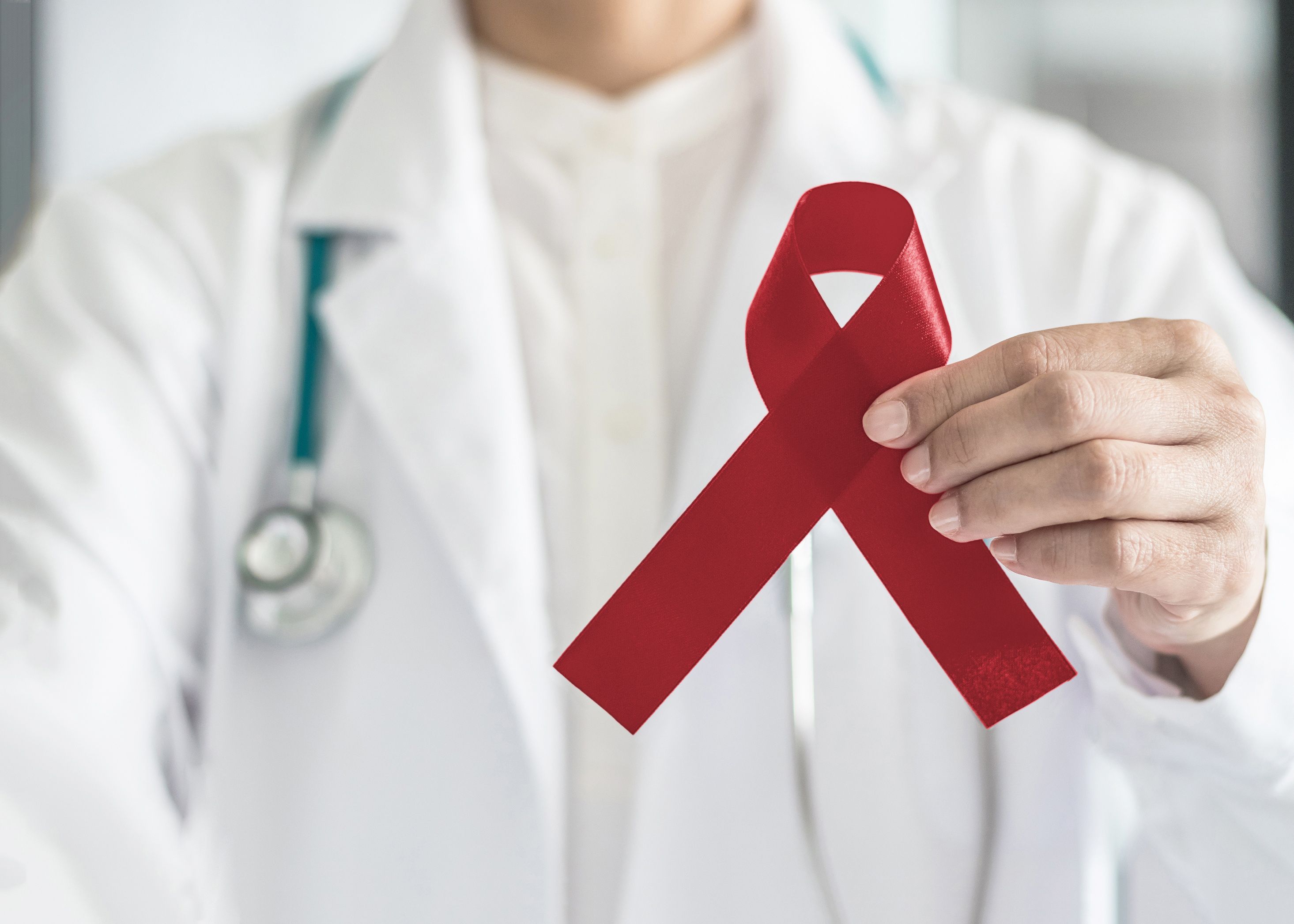Video
Understanding The Prevalence of Mutations in Treatment of MCL
Drs Jain and Wang discuss concerns regarding mutations in the treatment setting for patients with mantle cell lymphoma.
Ryan Haumschild, PharmD, MS, MBA: Dr Jain, I talked about some of the BTK inhibitors, and you and Dr Wang gave me an opportunity to talk from a pharmacist perspective about the importance in key considerations, but I’d like us to delve a little into some of the resistance patterns and mutations. Because while I’m involved in that, I know that’s something that you’re very thoughtful about. When do you do BTK [Bruton tyrosine kinase] mutation analysis? When do you consider that analysis? Is it common in clinical practice to test for BTK mutations and screen for resistance? If it is, when do you do that screening?
Preetesh Jain, MBBS, MD, DM, PhD: That’s a very good question. I’d like to highlight 1 thing that Dr Wang taught me. He always says that BTK mutations are very uncommon in mantle cell lymphoma [MCL]. We always communicate to the patients that these mutations are very rare and uncommon in mantle cell lymphoma. It’s an entirely different disease, not CLL [chronic lymphocytic leukemia]. We don’t take that into consideration in our clinical practice. BTK is the hallmark of selecting the therapy. Our group has identified a pattern of a different set of mutations profile that correlates with the resistance to BTK inhibitors. They’re a group of mutations that includes the DNA damage pathway, cyclin D1 mutations, and histone acetyltransferase pathway mutations. Those are 65% to 70% or more in development of correlating with resistance to ibrutinib.
At the outset, once the patient comes [into the clinic], we do this whole profile of a genomic panel. With Dr Wang’s leadership in the effort, we were able to design this whole panel in a large set of patients. We’ve identified a subset of patients who are truly resistant, with primary resistance to BTK inhibitors based on the combination of those mutations. Then you have a set of patients who are exhibiting some of the important pathogenic pathways, which are directly mediating BTK inhibitor resistance, such as the oxidative phosphorylation or metabolic reprogramming. That’s a very important pathway in addition to the overexpression of MYC.
These are the pathways that influence the transcription factors and the biology of mantle cell lymphoma. These are unique to MCL compared with CLL. We don’t take into consideration BTK mutations as such, but there’s a full spectrum of pathobiology, which is associated with the resistance pathways to acalabrutinib, ibrutinib, and zanubrutinib.
Michael Wang, MD: In the recent publication in the New England Journal of Medicine led by Dr Eric Wang, Dr Anthony Mato, and other colleagues at Memorial Sloan Kettering Cancer Center, they showed that pirtobrutinib could also induce resistant mutations in CLL. We’re also actively studying this issue in mantle cell lymphoma in my laboratory, where we found different mechanisms. We look forward to sharing these data with our colleagues in the field.
Transcription edited for clarity.






